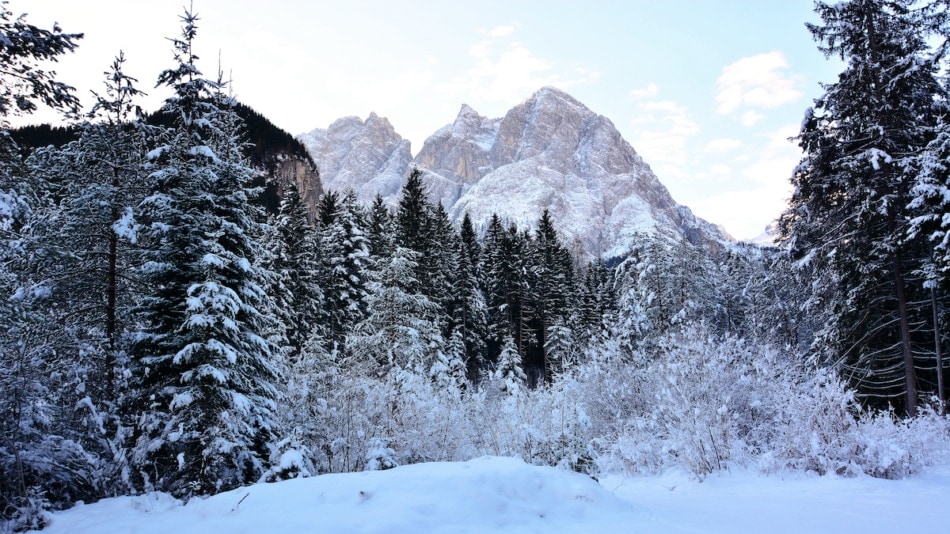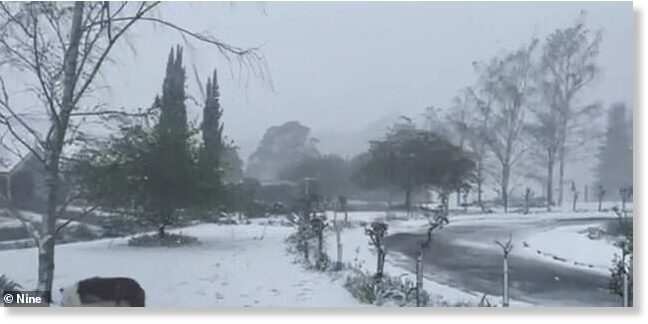Canada’s Extended Winter Weather Forecast 2022-2023
A Potpourri Of Precipitation And Unreasonably Cold Conditions Ahead!
The first day of winter (the shortest day of the year) is
Wednesday, December 21, 2022. But that doesn’t mean that the cold, snowy weather will wait until then. When will the temperatures start to drop? Are there any big snowstorms predicted to hit before the winter solstice? What is the extended winter weather forecast for 2022-2023?
Got flannel? Hot chocolate? Snowshoes? If not, you may want to go get some. According to our extended forecasts, 2022-2023 will be remembered as a time to
shake, shiver, and
shovel—a winter season filled with plenty of snow, rain, and mush as well as
some record-breaking cold temperatures!
To Shovel Or Not To Shovel?
Based on our extended weather forecasts, the winter season will be quite stormy for most areas. An active storm track will travel across eastern North America, running from the western Gulf of Mexico to the northeast—across the New England region of the US and up into the
Maritime Provinces.
This means that places to the south and east of the storm track (the Maritimes) will see a good number of cold rains and storms filled with snow, sleet, ice, and rain. Areas north and west of this active track—
Labrador, Newfoundland, Quebec, Ontario, and the Great Lakes—will more often-than-not will see winter’s precipitation fall as snow,
and sometimes a lot of it.
The
Prairie Provinces will be hit the hardest this year with tons of snow in both January and February.
British Columbia should see
about average amount of winter precipitation, but with brisk temperatures, skiing should be decent this upcoming season.
Snow Days Ahead!
The last half of January looks quite stormy. A decent amount of snow is expected in
Ontario,
Quebec (January 20-23) and the Prairie Provinces (January 24-27). In February, especially for Eastern areas, there’s a possible Nor’easter that may drop as much as 30-60 centimeters (12-24 inches) of snow in some areas just after Groundhog’s Day.
Shake & Shiver
The big shake-up this winter season
will be frigid temperatures that will flow into many areas—especially across the Rockies and Prairies. During the month of January, Canadians may see
one of the coldest arctic outbreaks in recent years.
More Winter Storm Warnings
There will be many significant weather disturbances that will cross the nation, but we are raising “red flags”
for the first week of January across the Rockies and Prairies, with the potential
of heavy snows, followed by a sweep of bitter cold air.
We’ll raise another red flag for January 16-23, 2023, across the eastern two-thirds of the country where our extended forecast points to
bouts of heavy snow and rain, followed by what might be one of the coldest outbreaks of arctic air we have seen in many years. How cold? Try 40° below zero (a number that’s the same in Fahrenheit and Celsius).
Finally – after the
vernal equinox on March 20, 2023 – when we’re supposedly into spring,
expect a lion-like end to March with a wide-variety of weather ranging from heavy snows to torrents of rain to gusty thunderstorms and stormy weather across much of the nation.










